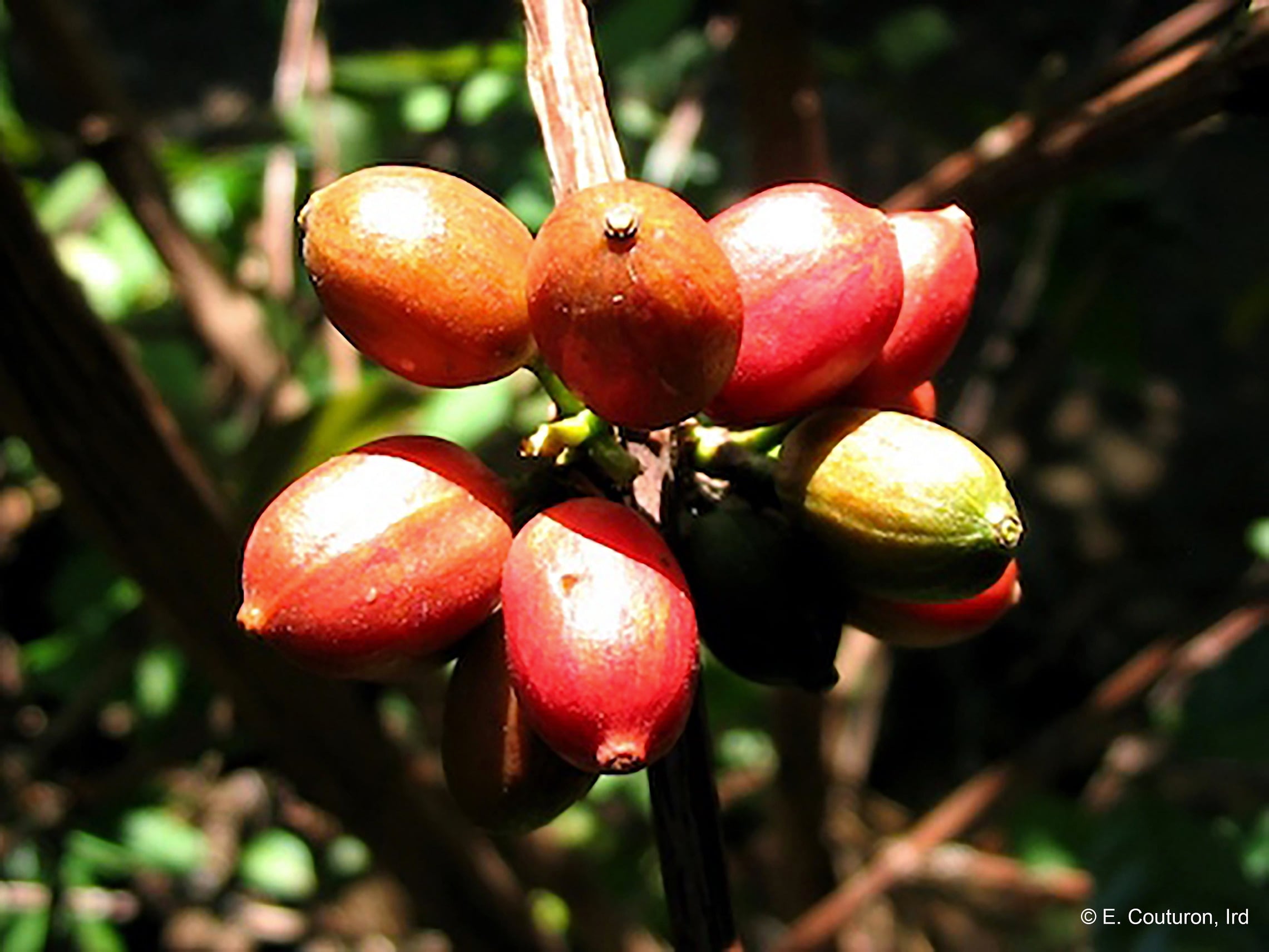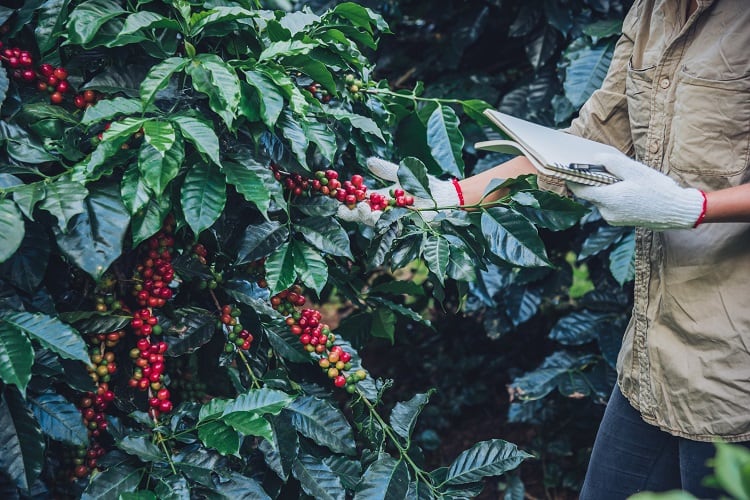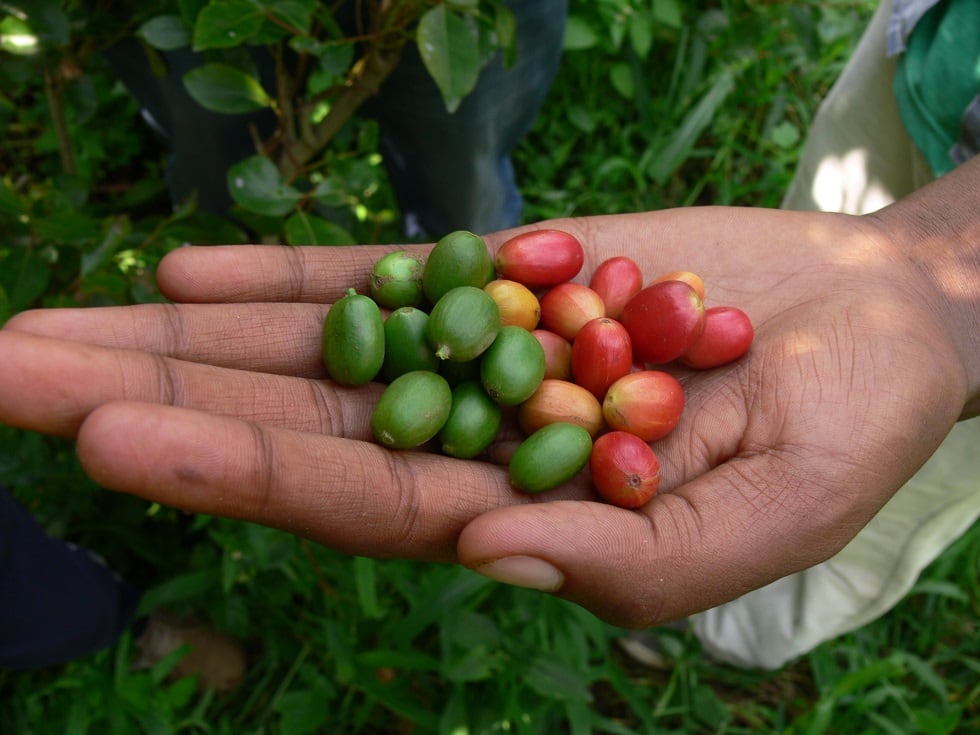While arabica and robusta make up more than 99% of all coffee production, there are more than 120 other species that have been identified within the Coffea genus. Robusta started to emerge as a dominant variety in the early 1900s thanks to factors such as its resistance to coffee leaf rust and high productivity. But the flip side of its success was that lesser known coffee species were increasingly abandoned and forgotten.
Recently, however, there has been renewed interest in such species. Climate change poses a significant threat to coffee farmers worldwide, with scientist predicting that as much as 60% of land used for cultivation of the current coffee species could be affected by climate change by 2050; and Robusta's dominance is under threat. However, other species - whether wild or cultivated - may offer resilience to climate change or potential to counter specific pests and diseases: ultimately offering the potential to improve the long-term resilience of the coffee supply chain and safeguard it against climate change.
And as the specialty coffee sector grows, there is also increasing curiosity in exploring lesser known species in a quest to find new and differentiated sensory experiences.
Fieldwork in Sierra Leone
CIRAD, a French agricultural research organization and international cooperation organization working on sustainable development in tropical and Mediterranean regions, and the Royal Botanic Gardens in Kew, UK, have been working together to identify the most promising wild coffee species.
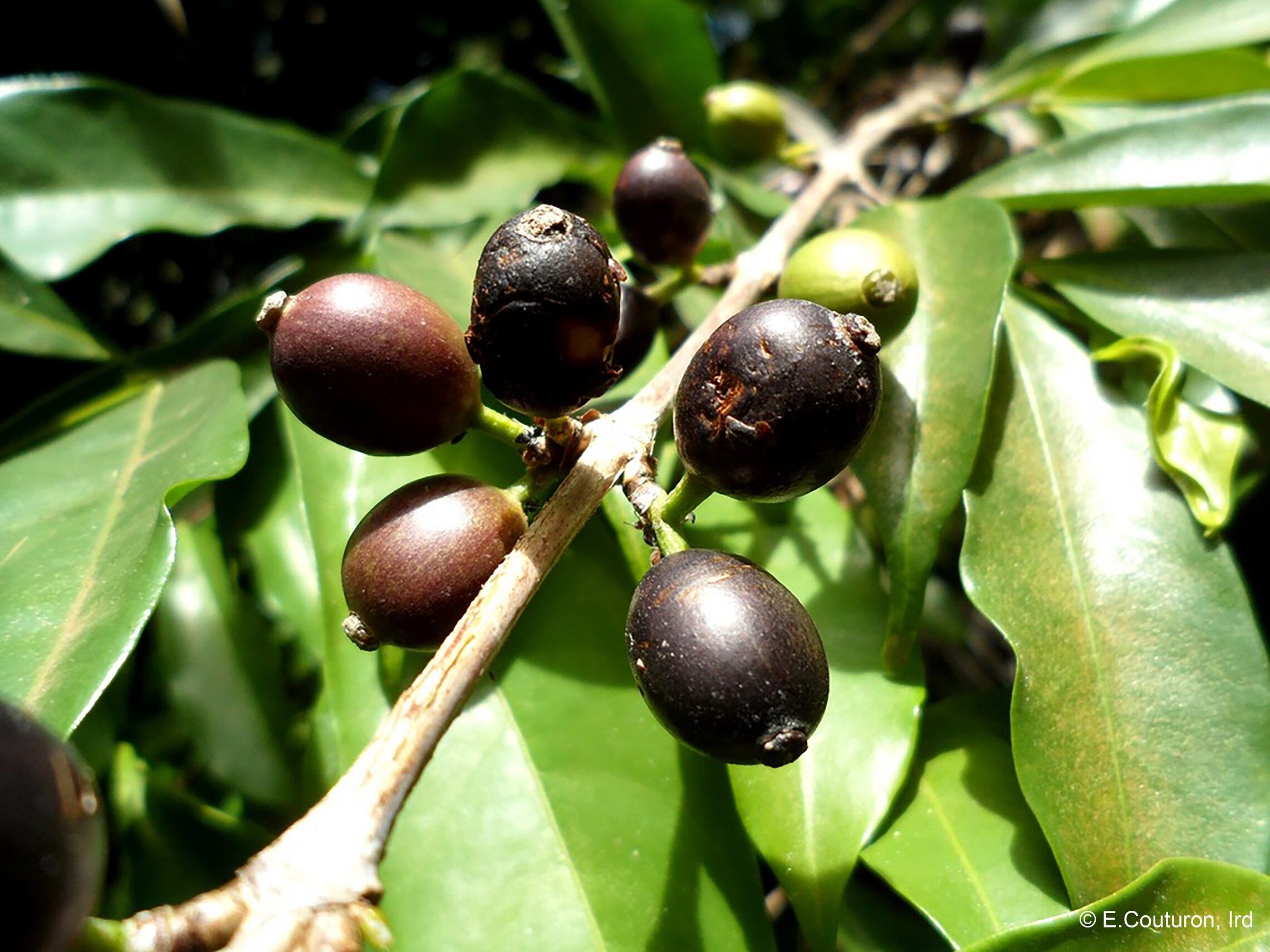
Some species are so forgotten that they have not been seen in the wild for decades. C. stenophylla, for example, was recently rediscovered by Kew researchers carrying out fieldwork in Sierra Leone: previously, it had not been recorded in the wild there since 1954. C. affinis had not been seen in the wild since 1941. Fortunately, some plants have also been guarded in collections.
“Coffea affinis and C. stenophylla may possess useful traits for coffee crop plant development, including taste differentiation, disease resistance, and climate resilience,” noted researchers from Kew as they published the results of their fieldwork last year. “These attributes would be best accessed via breeding programs, although the species may have niche-market potential via minimal domestication.”
CIRAD researchers have focused efforts on three Coffea species that are all relatively unknown: stenophylla, brevipes and congensis. These are of interest because of historical reports of a superior taste; but also because they are found in Upper West Africa at relatively low elevations, suggesting the potential for climate resilience.
Coffea stenophylla originates from the Ivory Coast and Sierra Leone, where the climate is warmer than where arabica grows. It was commercialised a century ago, but production was limited: and the species was disregarded by breeders and agronomists for reasons that are now unknown. And yet research shows that it was at one point considered ‘exceptional’.
Stenophylla plants bear black cherries and can grow as high as six metres, but the species is under threat of extinction. It appears on the Red List of Threatened Species, which is compiled by the International Union for Conservation of Nature (IUCN). IRD and SIRAD, however, have some plants in a collection on Réunion Island; as well as in cryoconservation in the French city of Montpellier.
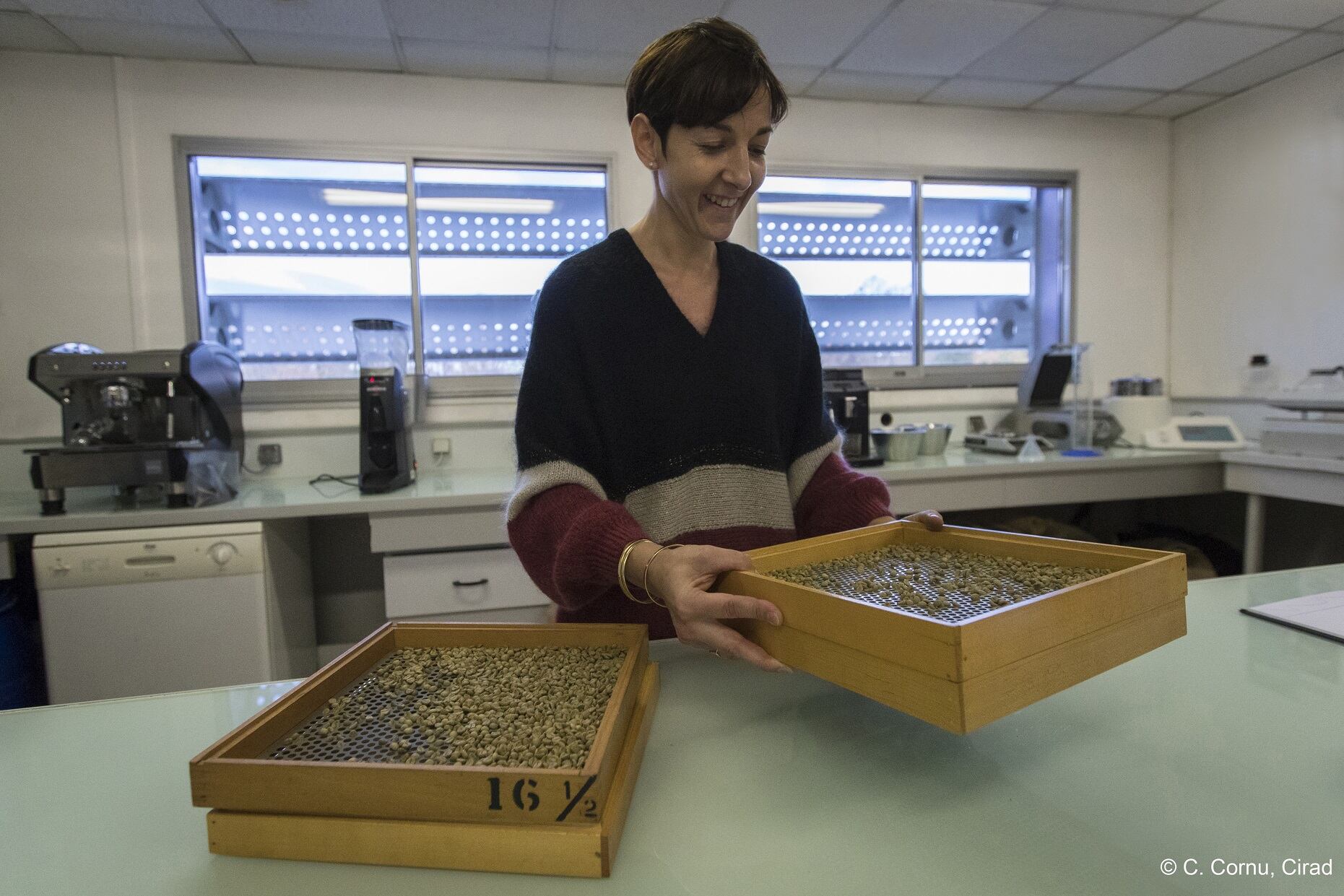
The second species of interest is Coffea brevipes. “We don’t know much about brevipes,” explained Benoît Bertrand, deputy director, CIRAD. “It originates from West Africa. Botanists have collected this species, but there is little research on the possibilities for cultivation and its potential use in breeding programmes.”
The final species is Coffea congensis, which was originally found in the Democratic Republic of the Congo. This species can grow as high as seven metres tall. “We already know that you can cross congensis with canephora (robusta) to obtain seeds and new hybrids,” explains Bertrand. Congensis has a poorer yield than robusta plants, but a more desirable flavour profile, according to a Brazilian journal published in 1979.
The taste test
While knowledge of these species is limited, understanding of their tastes and aromas is even more so. Previous analysis were conducted when sensory tests were rudimentary; and judges did not receive the same level of training as they do today.
This led to a gathering of 15 coffee experts at CIRAD’s sensory analysis laboratory in Montpellier in December, with four more attendees attending virtually from Switzerland, the Netherlands and Belgium: with the tasting of these three species together representing a world first.
These tasters came from companies including Jacobs Douwe Egberts, Nespresso, Starbucks, Supremo, l’Arbre à Café, La Claque, and Belco: with their primary aim being to decide whether these forgotten species have a place in today’s global marketplace.
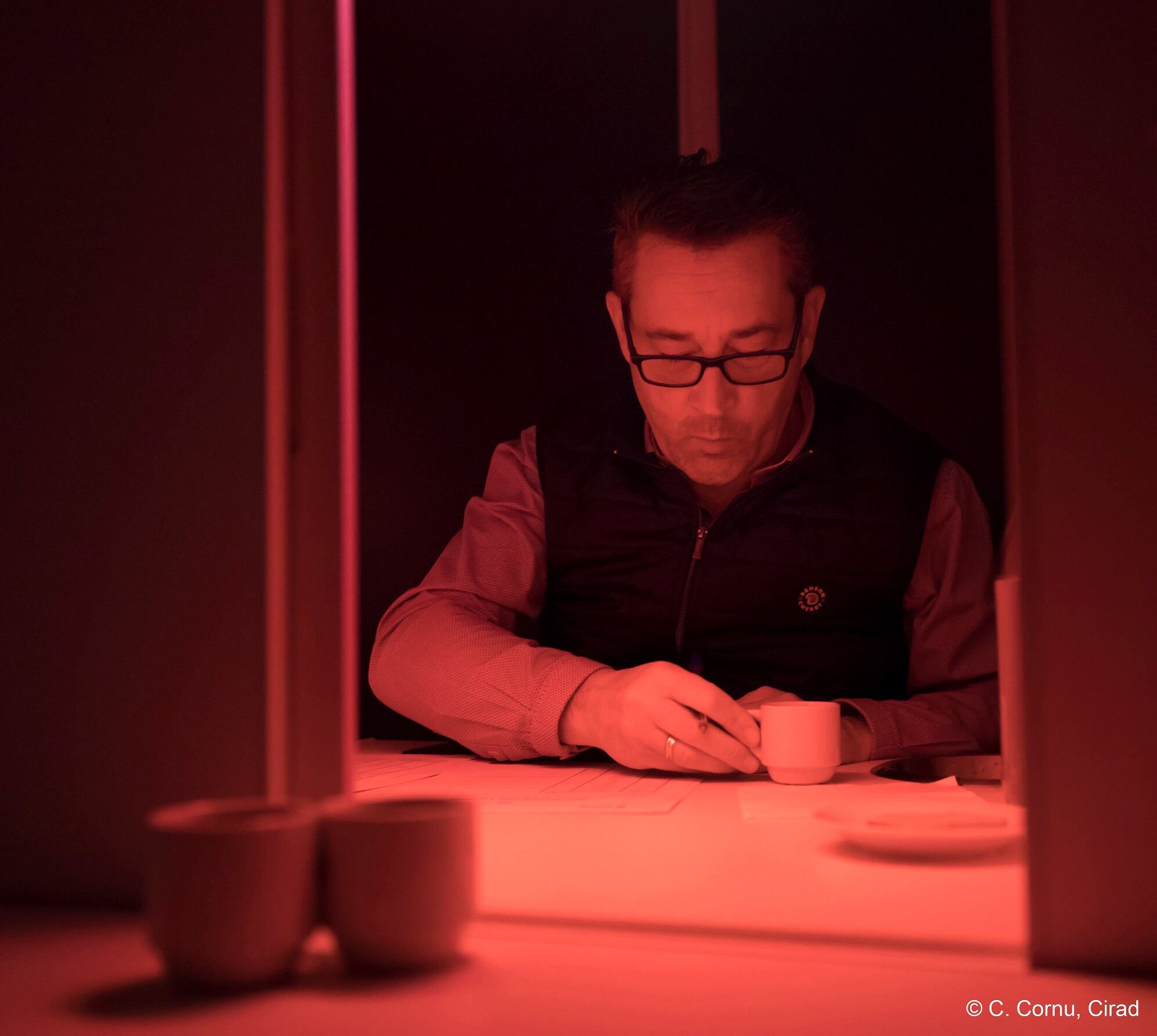
During the test, the coffees were roasted and prepared at the CIRAD lab across three different profiles to test a full range of aromas and flavours. The tasting was blind, adhering to a strict protocol, and even used red lighting to neutralise the colors of the coffee and stop it from affecting flavor.
And the results? The full analysis is yet to be published; but the reactions are positive.
"The aroma profile of new coffees looks promising", says Morgane Daeschner, a Q-grader (an internationally recognized professional credential that confirms the holder's ability to grade and score coffees), who trained as an agronomist. identified hints of elderflower and lychee in one of the new species.
And the tasters all agreed it was a ‘historic’ moment in the journey to find new coffee varieties.
These coffee species could either be grown independently; or crossed with other species - such as robusta - to create new, more robust and higher-yielding varieties.
Once it has been determined that gustatory qualities correlate to consumer tastes, the next step will be to assess agronomic merits.
However, the researchers note that introducing a new species on the global coffee market would be a huge undertaking, and would likely involve a significant amount of research to guarantee that the coffee in question delivers high yields and good quality.
After that, importers and roasters need to be willing to purchase, roast, and sell the species.
And ultimately, consumers will need to be willing to wake up and smell the forgotten coffees.
Picture credits top to bottom: E Couturon, IRD; E. Couturon, IRD; C. Cornu, CIRAD; C. Cornu, CIRAD.

